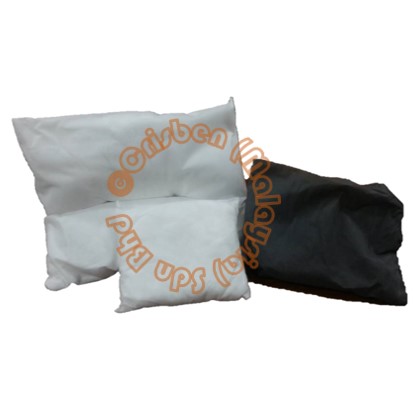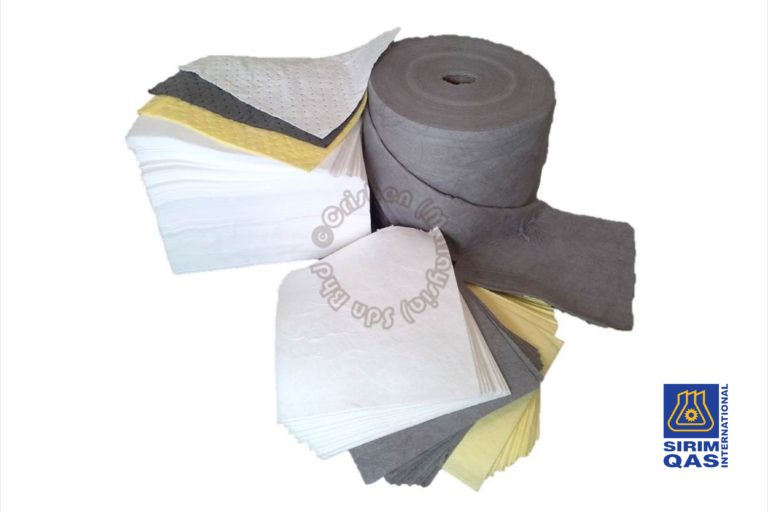What Are Absorbent Socks and Booms?

Understanding Absorbent Socks and Booms: Essential Tools for Spill Management
Absorbent socks and booms are critical tools in spill management, designed to contain and control the spread of liquids, whether on land or water. Also known by various funny names such as “phyton/snakes,” “sausages,” or “bolsters,” these important absorbents are your first line of defense against spills, helping to mitigate damage and reduce downtime.
Absorbent Socks
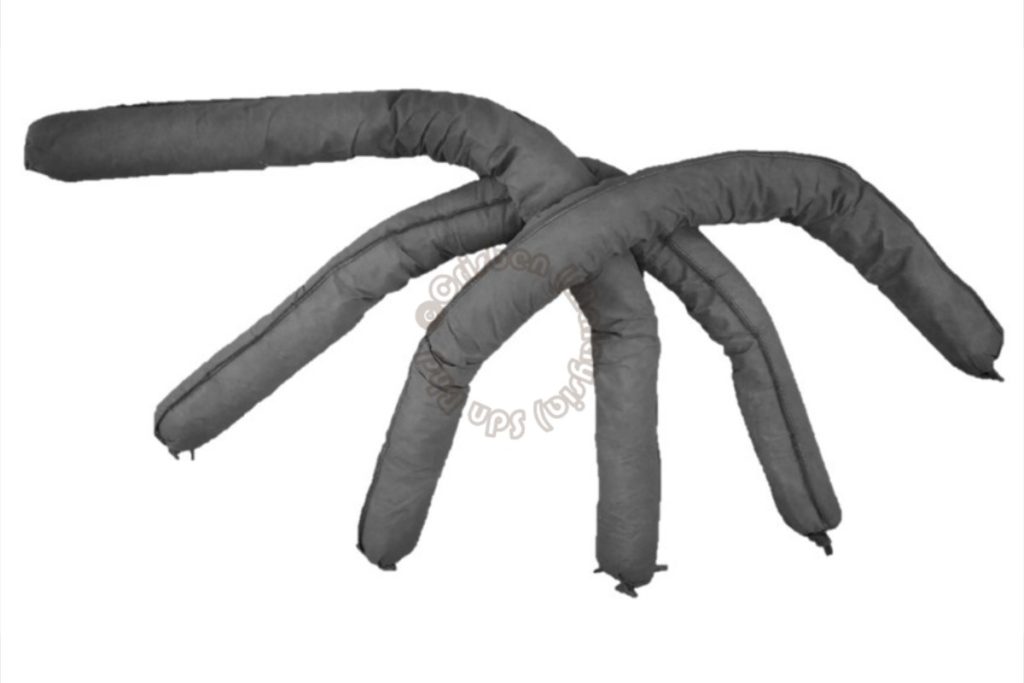
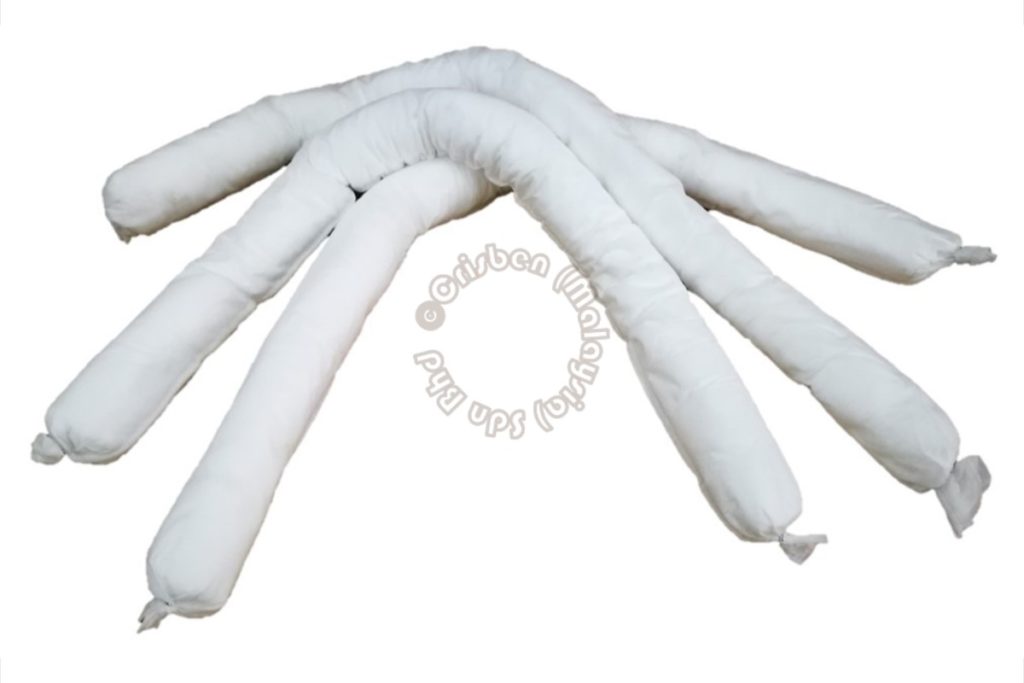
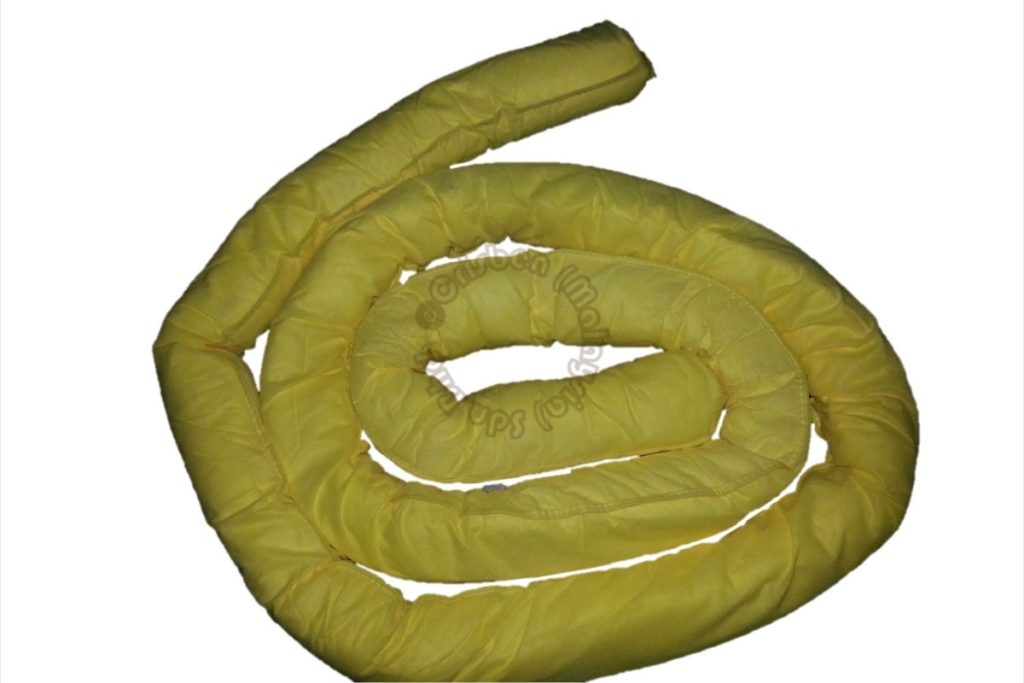
Absorbent socks are flexible tubes filled with absorbent material that forms a barrier around spills. Their primary function is to contain the liquid, preventing it from spreading and contaminating a larger area. These socks are typically the first tools deployed during a spill response, especially in industrial settings where time is of the essence. The quicker the absorbent socks are placed, the smaller the area affected, which in turn leads to reduced production downtime and faster resumption of operations.
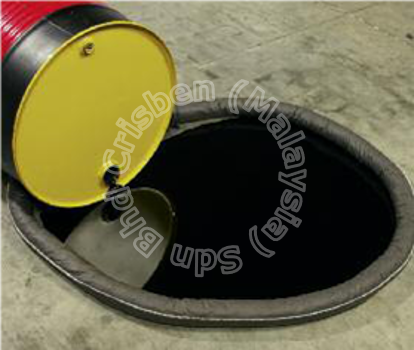
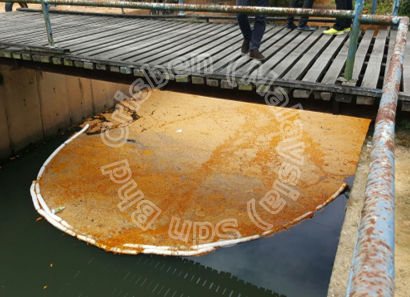
Absorbent Booms
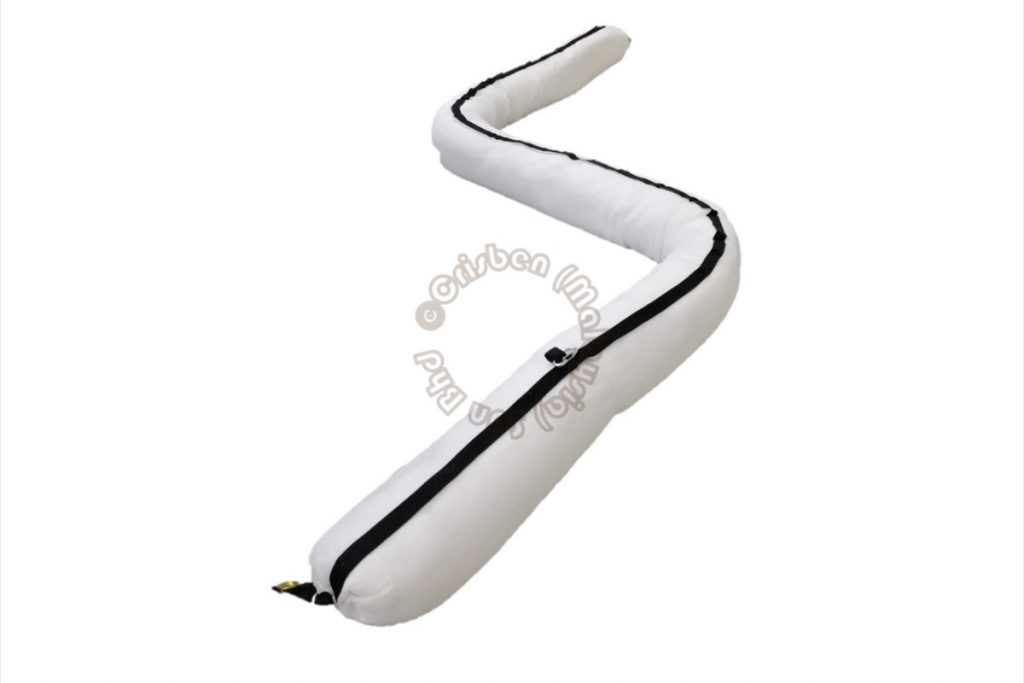
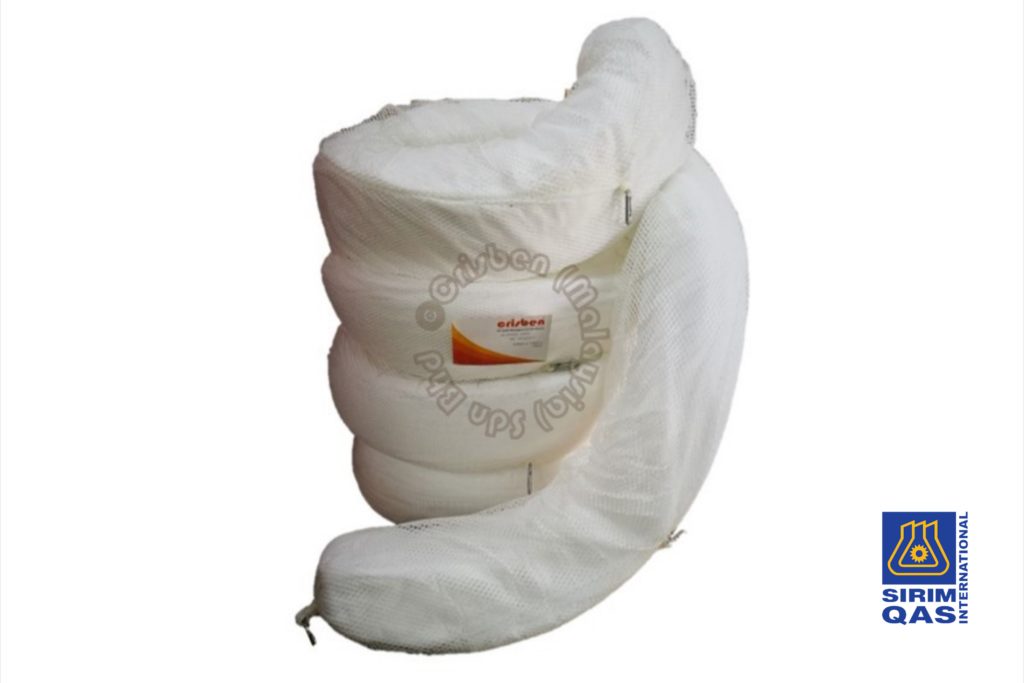
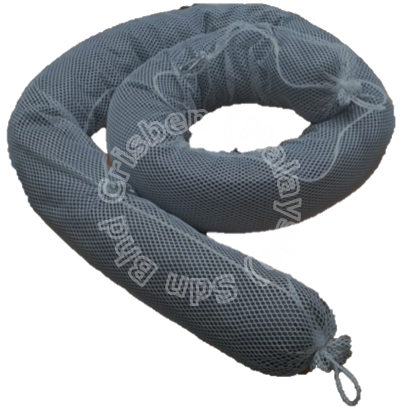
Absorbent booms are a larger, more robust version of absorbent socks, designed for more extensive spill situations, particularly in aquatic environments such as lakes, rivers, or nearshore areas. While they serve the same purpose as absorbent socks—containing and controlling spills—booms are better suited for larger scale incidents. On land, absorbent booms can also be used to contain spills or redirect liquids to a designated area, making them versatile tools in both water and land-based spill responses.
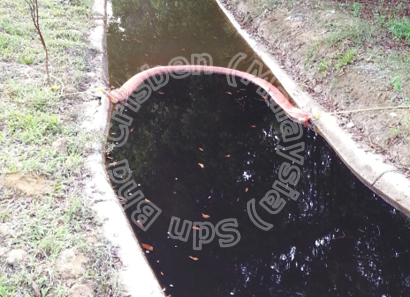
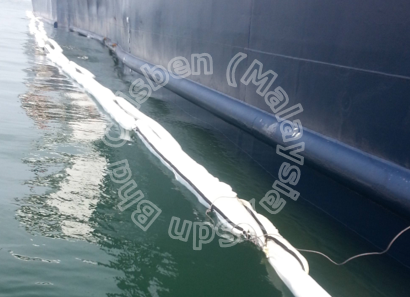
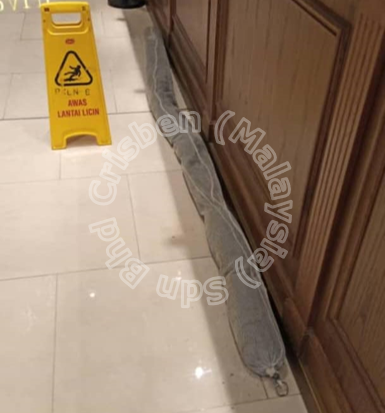
Why Are Absorbent Socks and Booms Important?
In any spill situation, quick containment is crucial. By using absorbent socks and booms, you can significantly reduce the area affected by the spill, leading to a smaller cleanup area, faster cleanup time, and minimized production downtime. These tools are essential components of any spill management plan, ensuring that spills are managed efficiently and effectively to minimize environmental impact and operational disruption.
In conclusion, absorbent socks and booms are indispensable for any organization that handles liquids. Their ability to contain and control spills swiftly makes them vital in reducing the overall impact of spills, both in terms of environmental damage and operational downtime.

